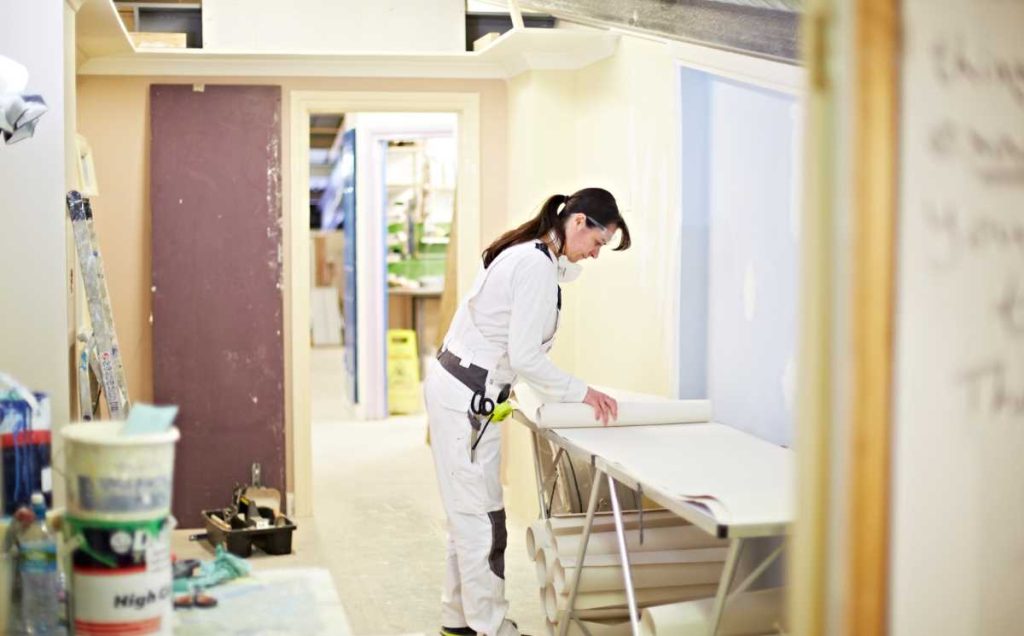
Gender diversity in the construction industry remains one of the sector’s most prevalent issues, and with International Women’s Day happening this week (Wed 8 Mar) the annual event offers a vital reminder of the progress that still needs to be made.
While leaders in the industry have recognised the need to attract a more diverse workforce, and some positive steps have been taken towards achieving this, the sector is still a long way off from being where it needs to be and lags significantly behind other industries.
Comparing construction to other sectors
According to the Office of National Statistics' latest data, construction sits last in terms of the number of women that make up the overall workforce, with just 14.7% of those employed in construction being women, 32.9 percentage points lower than the UK average.
Despite construction’s poor performance, the figures are slowly heading in the right direction, and over the last 10 years the number of women as a proportion of the overall workforce has increased by 36.9%.
What are the biggest barriers women face in the construction industry?
The gender pay gap is particularly high in construction, with female salaries on average 15.8% less than males. This equates to women construction workers effectively working for free for 58 days each year, making it the sixth worst industry in the UK for gender pay disparity according to the ONS.
Outdated stereotypes and poor career advice remain two of the biggest roadblocks for women entering the construction industry.
In the plumbing sector alone, 39% of respondents believed sexist and outdated stereotypes were the biggest barrier, while 21% cited poor career advice. A further 12% believed there was a lack of respect towards women in the industry.
Outdated gender-specific job titles such as ‘tradesman’ also remain an issue, with 73% of 16-18-year-olds saying that gendered language is still being used in career advice at school.
Which areas are seeing the biggest increase in women?
Certain construction sectors have seen a notable rise in female workers, such as Architectural and Town Planning, in which nearly 40% of the workforce are women.
Other areas with a growing proportion of women workers include Town Planning Officers (34.5%) and Estimators (29.9%).
In terms of specific trades, painting and decorating along with plumbing and heating are comfortably the two most popular sectors among women, accounting for 33% and 28.38% respectively of female roles in the industry.
How women can solve skills shortages
The well-documented skills shortages across the construction industry have been a challenge for some time now, and ensuring construction is more appealing to women can be an effective step in solving this.
Last year, research by the Chartered Institute of Building (CIOB) found that three in five people would hire female plumbers, carpenters, electricians and builders to work on their homes. However, 10% of those surveyed said they had tried to find one with no success.
Further research from Rated People found that the desire for a more diverse workforce is felt by those already in construction, with 87% of tradespeople believing more women in the industry would be a good thing.